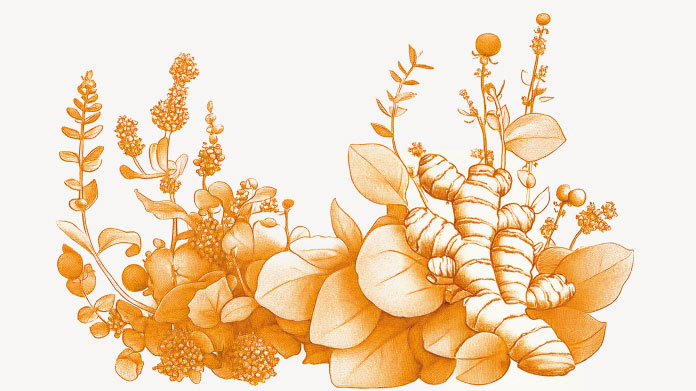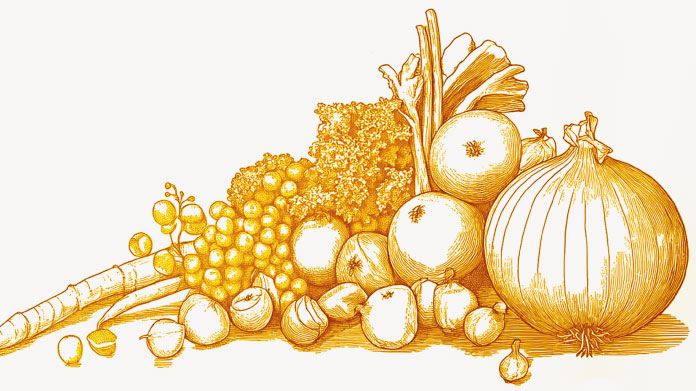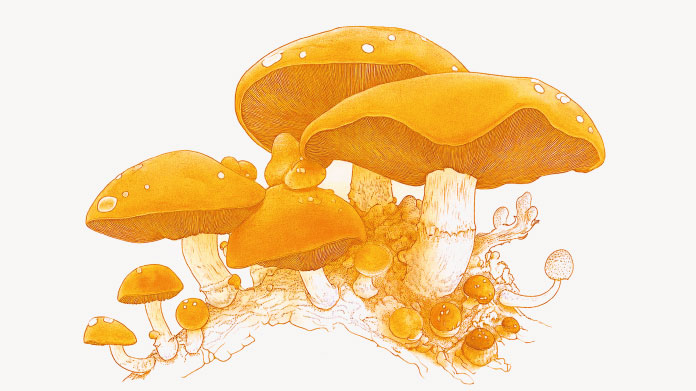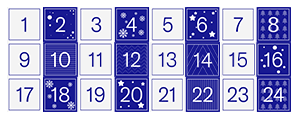Salmonella infection: your questions answered
At the center of a recent global public health crisis, salmonella infection, or salmonellosis, raises considerable concern and uncertainties...

What exactly is salmonellosis?
Salmonellosis is infection of the body by salmonella, a type of bacteria that lives in the gut of certain animals including cattle, poultry, reptiles, fish and shellfish. In humans, salmonella is a pathogen which means it causes problems when allowed to grow in the body.
What causes this infection?
Salmonella is not normally present in the human body but can be transmitted when we ingest food contaminated with it - usually raw or lightly-cooked products such as eggs, meat, fish and milk. Examples of salmonella infection include the recent scandal of contaminated baby milk, and the US salmonella epidemic in 1994 caused by contaminated ice cream in which more than 220,000 people were infected...
The risk of salmonella infection from cooked foods is lower, as the cooking process kills the bacteria. Nevertheless, prepared products can sometimes become contaminated after the cooking stage, primarily as a result of unsanitary manufacturing and storage conditions. When a case of salmonella infection is reported, an enquiry is quickly launched to establish the contamination’s origin and recall the contaminated products.
What are the consequences of salmonellosis?
The symptoms of salmonellosis depend on the type of salmonella responsible for the infection. In industrialised countries, infection is often due to a type of Salmonella called ubiquitous or non-typhoid. This bacteria causes gastroenteritis, ie, inflammation of the digestive system, producing abdominal pain, nausea, vomiting and diarrhea.
Generally speaking, the first signs of salmonellosis appear between one and three days after contamination. In healthy adults, symptoms usually subside after 3-5 days. In more vulnerable people, such as young babies, the elderly and immune-suppressed individuals, the risk of complications from salmonella infection is greater and immediate medical intervention is usually recommended.
How can you prevent salmonella infection?
Salmonellosis is currently considered the second most significant cause of food-borne disease. It therefore makes sense to know how to protect yourself from infection. In this regard, health professionals generally recommend:
- checking a product’s ‘use-by date’;
- eating products as soon as possible once opened, and the same for home-made dishes;
- maintaining the cold chain by refrigerating eggs, meat and fish;
- separating raw and other foods in the refrigerator;
- cleaning the refrigerator regularly;
- washing your hands and cooking utensils after any contact with raw products;
- cooking raw food or reheating food at a minimum temperature of 65°C.
In addition, scientific research has identified powerful anti-bacterial agents able to kill salmonella. Among these are the active principles in neem, an Indian tree recognized for its many therapeutic virtues. Researchers believe it to have anti-bacterial, anti-inflammatory, anti-pyretic, anti-ulcer and anti-tumor effects. Lactoferrin also provides excellent support for the prevention of salmonellosis. This glycoprotein helps protect against bacterial infection and boost the body’s own defenses. Similarly, probiotic blends such as Probio Forte, help support the immune system and reduce the risk of salmonellosis-related gastroenteritis.
Keywords
2 Days
A Product worth waiting for when not…
A Product worth waiting for when not available and then arriving as a surprise!
DOMINIC
3 Days
On time shipping
On time shipping
GEORGE Verne
5 Days
Ordering was easy and the product was…
Ordering was easy and the product was delivered with no problems. Appreciated that I was notified when it would arrive. Thanks!
MascarC
11 Days
Great customer service - responsive …
I ordered from them and my item was unavailable for sometime. I was super happy when they reactivated my order and shipped my item which arrived very quickly. Great customer service.
Ruth Rueter
12 Days
Super fast shipping
Super fast shipping
Donald Borling
15 Days
Reputable companysearch and the number of…
The research and the number of selection of products.
NAKHJAVAN Shervin
28 Days
The Anti Aromatase is a great product
The Anti Aromatase is a great product. You just need to have constant inventory. Recently this product has been out of stock.
GEORGE Verne
29 Days
Great help on chat
Great help on chat. Knowledgeable and friendly.
Jason Argos
33 Days
Customer service was fast and friendly.
Customer service helped to stop the transaction process of the subscription. I appreciated that.
Greenie
33 Days
I order here due to the high quality of…
I order here due to the high quality of the products and the quick delivery of items - thank you
Barbara J
34 Days
SuperSmart's Eye Pressure supplements: highly recommended!
I purchase SuperSmart's Eye Pressure supplements regularly for over 5 years, and gotta say they are truly a wonderful product for my Glaucoma. Highly recommended if you have eye pain from your Glaucoma.
D. Martinez
39 Days
Quick service
Quick service
MONELL
40 Days
Speedy service.
Speedy service.
ROSENTHAL Marvin
43 Days
Clear website- Efficient
Clear website. Excellent search engine and fast delivery!
Mohamad Hussein
46 Days
They have great products.
They have great products.
Vickie





